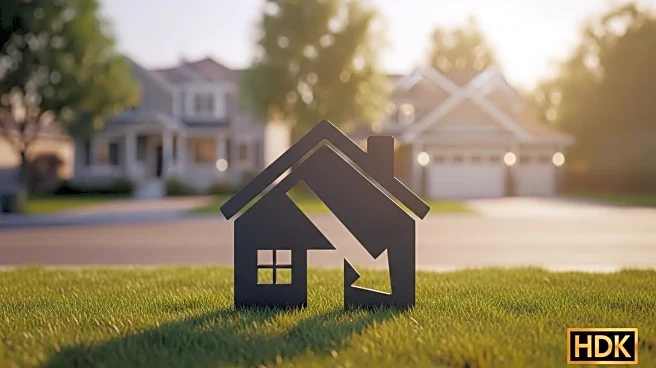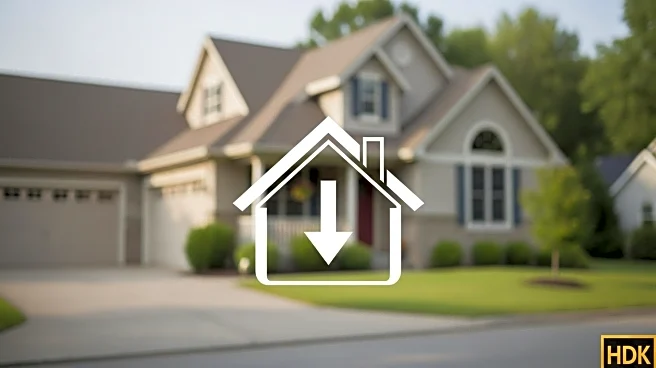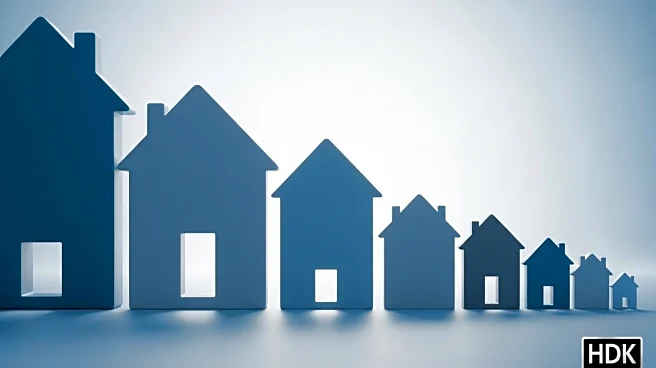What's Happening?
The Outer Banks Association of Realtors has released a report indicating a slight decline in real estate sales in the Outer Banks area. The report highlights that overall sales have decreased by 1% compared to the previous year. While single-family detached home sales have remained stable, condominium sales have increased by 5%, and land/lot sales have dropped by 12%. The residential inventory has risen by 12% compared to last August, whereas lots/land inventory has decreased by 4%. Additionally, the average time residential properties spend on the market has increased from 54 days in 2024 to 69 days in 2025, and lots/land properties have seen an increase from 122 days to 140 days. The median sales price for residential properties has seen a marginal increase, currently standing at $633,250 compared to $630,000 last year.
Why It's Important?
The slight decline in real estate sales in the Outer Banks reflects broader market trends and economic conditions affecting the region. The increase in residential inventory suggests a potential oversupply, which could impact property values and sales dynamics. The rise in condominium sales indicates a shift in buyer preferences, possibly due to affordability or lifestyle changes. The extended time properties are spending on the market may signal buyer hesitation or economic uncertainty. These trends are significant for real estate investors, local businesses, and policymakers as they navigate the evolving market landscape. Understanding these shifts can help stakeholders make informed decisions regarding investments, development projects, and economic strategies.
What's Next?
The Outer Banks real estate market may continue to experience fluctuations as economic conditions evolve. Stakeholders, including realtors and investors, will likely monitor these trends closely to adjust their strategies accordingly. Potential responses could include targeted marketing efforts to attract buyers, adjustments in pricing strategies, or increased focus on developing properties that align with current buyer preferences. Policymakers may also consider measures to support the real estate market, such as incentives for first-time homebuyers or initiatives to boost local economic activity. The ongoing analysis of market data will be crucial in anticipating future developments and ensuring the stability of the real estate sector in the region.
Beyond the Headlines
The real estate trends in the Outer Banks may have broader implications for the local community and economy. The shift in property types being sold could influence the demographic composition of the area, potentially attracting different types of residents and altering community dynamics. Additionally, the extended time properties are on the market may affect local businesses reliant on real estate transactions, such as construction companies and home improvement retailers. The evolving market conditions could also impact local government revenue from property taxes, influencing public services and infrastructure development. These factors highlight the interconnected nature of real estate trends and their potential ripple effects across various sectors.










